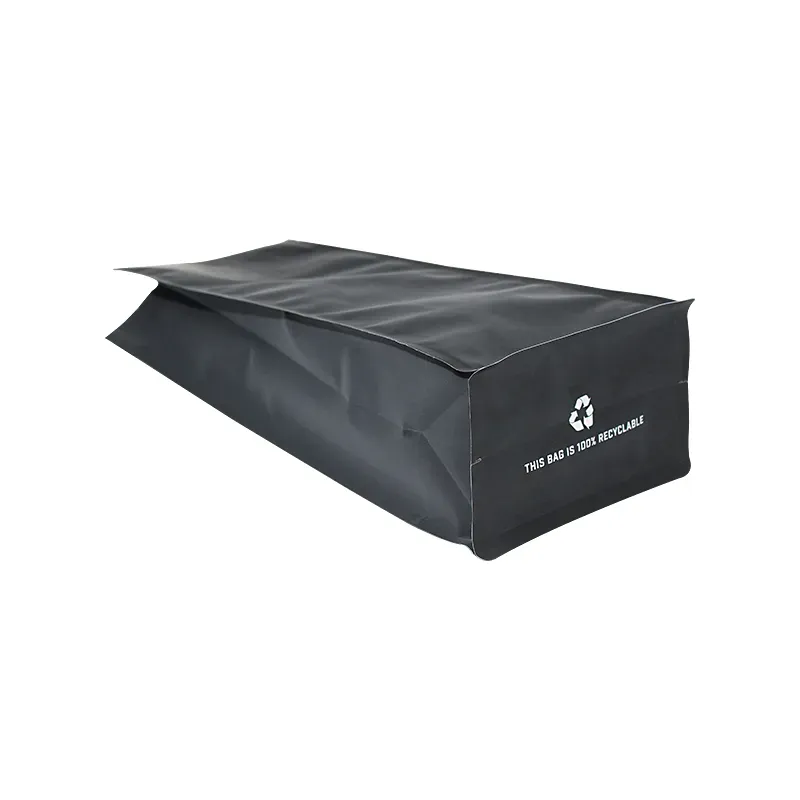- Afrikaans
- Albanian
- Amharic
- Arabic
- Armenian
- Azerbaijani
- Basque
- Belarusian
- Bengali
- Bosnian
- Bulgarian
- Catalan
- Cebuano
- chinese_simplified
- chinese_traditional
- Corsican
- Croatian
- Czech
- Danish
- Dutch
- English
- Esperanto
- Estonian
- Finnish
- French
- Frisian
- Galician
- Georgian
- German
- Greek
- Gujarati
- haitian_creole
- hausa
- hawaiian
- Hebrew
- Hindi
- Miao
- Hungarian
- Icelandic
- igbo
- Indonesian
- irish
- Italian
- Japanese
- Javanese
- Kannada
- kazakh
- Khmer
- Rwandese
- Korean
- Kurdish
- Kyrgyz
- Lao
- Latin
- Latvian
- Lithuanian
- Luxembourgish
- Macedonian
- Malgashi
- Malay
- Malayalam
- Maltese
- Maori
- Marathi
- Mongolian
- Myanmar
- Nepali
- Norwegian
- Norwegian
- Occitan
- Pashto
- Persian
- Polish
- Portuguese
- Punjabi
- Romanian
- Russian
- Samoan
- scottish-gaelic
- Serbian
- Sesotho
- Shona
- Sindhi
- Sinhala
- Slovak
- Slovenian
- Somali
- Spanish
- Sundanese
- Swahili
- Swedish
- Tagalog
- Tajik
- Tamil
- Tatar
- Telugu
- Thai
- Turkish
- Turkmen
- Ukrainian
- Urdu
- Uighur
- Uzbek
- Vietnamese
- Welsh
- Bantu
- Yiddish
- Yoruba
- Zulu
Understanding the Thickness of Standard Copy Paper and Its Variations
How Thick is Copy Paper?
When it comes to selecting paper for printing, copying, or any other office needs, people often overlook one crucial aspect the thickness of the paper. While it may seem like a minor detail, paper thickness can significantly affect the print quality, feel, and overall performance of the printed materials. A common type of paper used in offices is copy paper, but how thick is it exactly, and why does this matter?
Copy paper typically comes in a variety of weights and thicknesses, but the standard weight used in most offices is 20 lb (pounds). This weight is equivalent to approximately 75 gsm (grams per square meter), which is a common metric used to denote paper density. In the United States, the 20 lb paper is often the choice for everyday printing tasks, such as printing documents, reports, and correspondence.
How Thick is Copy Paper?
In terms of appearance and usage, 20 lb copy paper is relatively lightweight and fairly opaque. This combination makes it suitable for double-sided printing, ensuring that text or images do not bleed through, which can often be a concern with thinner paper. The surface texture of copy paper is also designed to be compatible with a variety of printer types, including inkjet and laser printers.
how thick is copy paper

However, depending on the project at hand, one might want to consider different weights and thicknesses of paper. For example, 24 lb (approximately 90 gsm) and 28 lb (about 105 gsm) bond papers are thicker alternatives that provide a more professional look and feel. These papers can be especially beneficial for presentations, resumes, or any printed material where a more substantial impression is desired. The increased thickness not only enhances the tactile quality of the document but often results in better print quality, as thicker paper tends to absorb ink more evenly.
Another important aspect related to the thickness of copy paper is its impact on the printer performance. Thicker papers may require specific printer settings or adjustments to ensure optimal printing results. Many printers have recommended specifications for paper types and weights, which should be followed to prevent paper jams and ensure the best output quality. Therefore, when purchasing copy paper or selecting different weights and types, it is essential to consider the compatibility with the equipment being used.
Moreover, understanding the thickness of copy paper also extends into the realm of environmental considerations. Thicker papers typically use more resources—both in terms of raw materials and energy during production. Consequently, there is an increasing demand for sustainable paper options that maintain quality while being environmentally friendly. Recycled paper products often come in various weights and allow consumers to select paper that meets their needs while minimizing environmental impact.
In conclusion, the thickness of copy paper is a crucial factor in determining its suitability for various printing and copying tasks. While 20 lb copy paper is standard for everyday use, options such as 24 lb or 28 lb papers can enhance quality and professionalism for specific projects. By understanding the nuances of paper thickness—its weight, compatibility with printers, and environmental impact—consumers can make more informed decisions. Whether it’s for business, school, or personal projects, taking the time to choose the right paper can make a significant difference in the final results. So, the next time you’re at the office supply store or selecting paper for your next big presentation, remember paper thickness matters!













